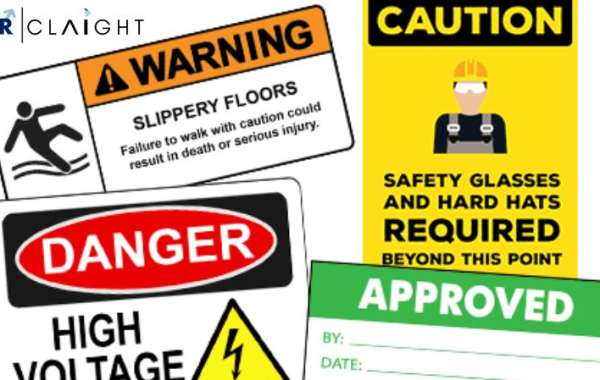Concrete is one of the most widely used construction materials in the world, celebrated for its strength, durability, and versatility. Whether in driveways, patios, commercial buildings, or high-rise structures, concrete plays a critical role in shaping our modern environment. Yet, for all its robustness, concrete is not immune to imperfections. One commonly discussed issue is the presence of "Spots on concrete"—visible marks, stains, or discolorations that can detract from its appearance or indicate deeper issues. But beyond the physical meaning, "spot on concrete" can also represent the art and science of achieving precision in concrete work.
In this article, we’ll dive deep into both interpretations—examining the causes and remedies of physical spots on concrete and celebrating the metaphorical "spot on" achievements in concrete craftsmanship.
Part 1: Spots and Stains on Concrete Surfaces
Common Types of Spots on Concrete
Water Spots or Efflorescence
These white, chalky spots occur when water migrates through the concrete and evaporates at the surface, leaving behind mineral deposits, primarily salts. Though mostly cosmetic, efflorescence can indicate moisture problems.Oil and Grease Stains
Especially common in garages and driveways, oil and grease leave dark, unsightly stains that are difficult to remove without proper cleaning agents.Rust Spots
These can appear due to corroded steel reinforcements or metal objects left on the surface. Rust spots can be both an aesthetic and structural concern if they indicate rebar corrosion.Mold and Mildew
In damp or shaded areas, black or greenish spots may appear due to mold or algae growth, especially if the concrete remains moist for long periods.Acid or Chemical Burns
Discolored patches can result from acid spills or cleaning agents not properly neutralized. These often leave permanent marks unless treated.Tire Marks
Hot tires can leave plasticizers on concrete surfaces, especially on decorative or stamped concrete. These appear as dark or discolored spots.
Causes of Concrete Spotting
Poor Drainage: Trapped water contributes to many spotting issues.
Improper Sealing: Lack of sealant leaves concrete vulnerable to penetration by oils, chemicals, and moisture.
Contamination During Pouring: Foreign materials mixed during setting can cause discoloration.
Environmental Exposure: Pollution, UV rays, rain, and plant material can leave residue over time.
Prevention and Remedies
Use of High-Quality Sealers: Applying a penetrating or topical sealer protects concrete from stains.
Proper Surface Preparation: Cleaning and etching concrete before staining or sealing ensures better results.
Regular Maintenance: Periodic cleaning and resealing can extend the life and appearance of the concrete.
Spot Cleaning Techniques:
Oil stains: Degreasers or poultice cleaners
Rust spots: Oxalic acid or rust removers
Efflorescence: Mild acids like vinegar or specialized cleaners
Part 2: “Spot On” Concrete Work – The Craft of Perfection
While many focus on fixing imperfections, there’s another side to the phrase “spot on concrete”—the achievement of precision and excellence in concrete work. In the construction and architectural industries, a “spot-on” concrete job means the surface is flawless, level, durable, and aesthetically pleasing.
Traits of Spot-On Concrete Work
Even Finishing
Perfectly floated, troweled, or broom-finished surfaces that are consistent and free of tool marks.Accurate Formwork
Sharp edges, true dimensions, and clean joints all stem from well-executed formwork.Durability Under Stress
Concrete that meets or exceeds strength standards, resists cracking, and maintains integrity over decades.Aesthetic Appeal
In decorative or architectural concrete, uniform color, polished finishes, or stamped patterns define the beauty of precision.Sustainability and Innovation
Use of recycled materials, low-carbon cement, and smart curing techniques reflect the modern edge of spot-on concreting.
Techniques for Achieving Spot-On Quality
Laser Screeding: Provides a perfectly level surface with high accuracy.
Curing Compounds and Controlled Curing: Ensures hydration is maintained uniformly.
Use of Admixtures: Enhances workability, strength, and finish.
3D Formwork and Precast Innovations: Allow for complex, yet precise, shapes and structures.
Skilled Labor and Training: At the heart of spot-on work is the craftsman’s eye and experience.
The Art and Science of Concrete Excellence
“Spot on concrete” bridges the gap between problem-solving and perfection. On one hand, it teaches us to identify and correct the flaws that naturally arise from a challenging material. On the other, it celebrates the incredible precision that skilled professionals can achieve—where every pour, polish, and pattern is exactly as intended.
In both meanings, it reminds us that concrete isn’t just a material—it’s a canvas for innovation, craftsmanship, and sustainability.
Conclusion
Whether you're dealing with unsightly stains or marveling at a perfectly finished floor, understanding the concept of “spot on concrete” gives you a deeper appreciation for this foundational material. With the right knowledge, maintenance practices, and expertise, anyone can transform a basic concrete surface into something clean, precise, and truly enduring.







